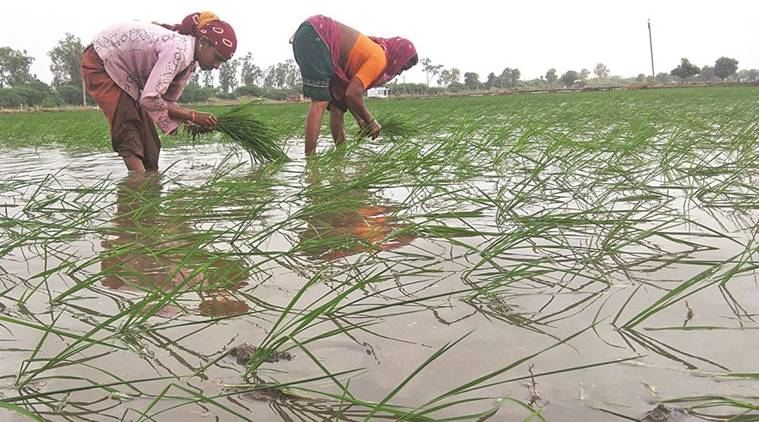 Unseasonal rains during the last kharif had seen large number of claims being filed for destruction of crops like soyabean, maize, cotton, tur etc. (Representational)
Unseasonal rains during the last kharif had seen large number of claims being filed for destruction of crops like soyabean, maize, cotton, tur etc. (Representational)
Implementation of the Pradhan Mantri Fasal Bhima Yogna (PMFBY), the flagship programme of the Narendra Modi-led NDA government, might face problems in Maharashtra as insurance companies face increasing headwinds. During Rabi 2019-20, 10 districts in the state saw no bidding from the insurance companies, which had posed a challenge for the state Agriculture department.
Maharashtra has seen robust registration, with farmers lapping up the scheme enthusiastically. While the scheme is optional for farmers who do not avail of institutional finance (crop loan) the state has seen such non-loanee farmers outnumbering farmers for whom it is compulsory. The state has also seen the highest claims being paid out to farmers. As the accompanying table shows, the gap between premium collected versus claims paid out has been narrowing down, increasing the risk of the trade.
Unseasonal rains during the last kharif had seen large number of claims being filed for destruction of crops like soyabean, maize, cotton, tur etc. Sources in the Agriculture commissioner’s office stated that till date, claims around Rs 4,370 crore have been paid out while another Rs 1,200 odd crore in way of claims for cotton and tur will be settled in the days to come. Officers admitted that this can very well be the highest claim settlement since the scheme was announced.
Due to the increased risks, insurance companies are now wary of participating in the scheme due to the losses they are incurring. Moreover, in Maharashtra the risk is concentrated in 10 districts while 40 per cent of the claims are paid to just four districts. This high concentration of risk is making insurance companies wary of entering the business. Re-insurance companies are also averse in financing the business, given the higher risks involved in this. Over the last few years, unseasonal rains have become the new normal, with farmers complaining of crop loss right during the harvest time.
Officers, from the state Agriculture department, admit that premium rates can be high given the risk involved in the business. This season onward, the state governments have been asked to fix the premium rates and given the economics involved, it would be difficult to keep it low. The scheme sees the farmer paying 1-2 per cent of the premium while the rest is contributed by the state and central government equally.
Another issue, which is making the companies apprehensive, are what is termed as ‘moral hazards’ involved in the process. The revised guidelines have talked about making the crop cutting experiments (CCEs) app-based and greater usage of technology to iron out the moral hazards.